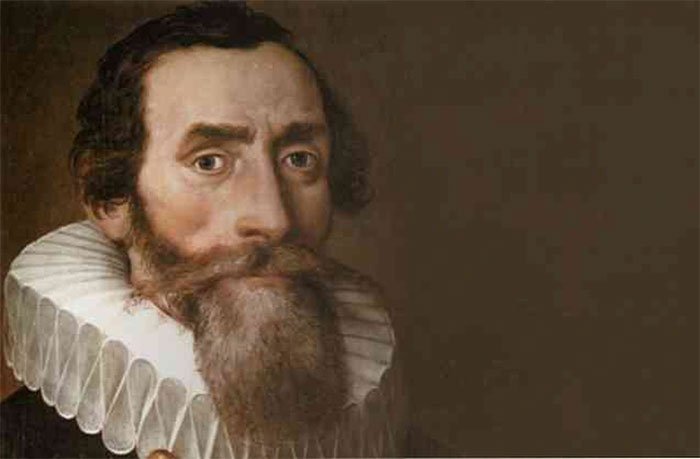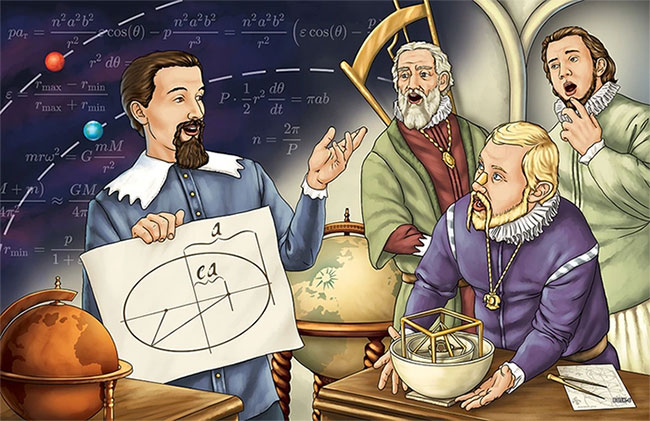Although Kepler’s calculations were initially aimed at reducing the cost of a barrel of wine, later mathematicians built upon his achievements to maximize efficiency in various fields.
The German astronomer Johannes Kepler (1571 – 1630) is renowned for his laws of planetary motion, having demonstrated that the planets in our Solar System orbit the Sun in elliptical paths. However, before venturing into astronomy, he was already a brilliant mathematician. At one point, he even wrote an entire book on how to approximate the volume of a barrel of wine after being pressured by a merchant.

Johannes Kepler. (Photo: Wiki).
It is said that Kepler ordered a barrel of wine for his second wedding in the beautiful town of Linz in Austria. However, when it came time to settle the bill, a dispute arose. Kepler disagreed with the method the wine merchant used to price the barrel. Notably, the merchant insisted that his method was correct, as it had long been customary in the wine trade.
The method involved laying the barrel on its side and inserting a long stick through a hole in the middle of the barrel until it touched the opposite corner. After removing the stick, the price of the wine was calculated based on the wet portion of the stick.
Kepler quickly recognized the flaw in this method. He asserted that the price for the same amount of wine would vary depending on the size of the barrel. “A long and thin barrel will cost less than a short and fat barrel,” Kepler argued.
Although he eventually paid for the barrel, Kepler was haunted by the aforementioned method and could not shake the question of how to create an accurate calculation so that wine buyers could pay the correct amount for the barrel they desired.

Kepler invented calculus to save money on wine.
After months of restless thinking, Kepler developed a new method. This method could calculate the volume of a curved barrel by imagining it as a flat cylinder or a circle with an infinitely regular polygon. With this approach, he determined the area of the circle by summing an infinite number of infinitesimally small triangles, where the base is the side of the regular polygon and the apex is the center of the circle.
This method was included in a significant mathematical thesis titled “Nova stereometria doliorum vinariorum”, primarily discussing the measurement of the volume of containers such as wine barrels, published by Kepler in 1615. This is considered a foundational text for later calculus.
Although at that time, Kepler’s calculations were solely intended to reduce the cost of a barrel of wine, later mathematicians utilized these figures to maximize efficiency in various domains. For instance, mathematician Brook Taylor applied these calculations to determine the appropriate dosage of cancer treatment drugs to achieve the most effective response, or the amount of fuel a Boeing 747 needs to carry for long flights without exceeding weight limits.


















































